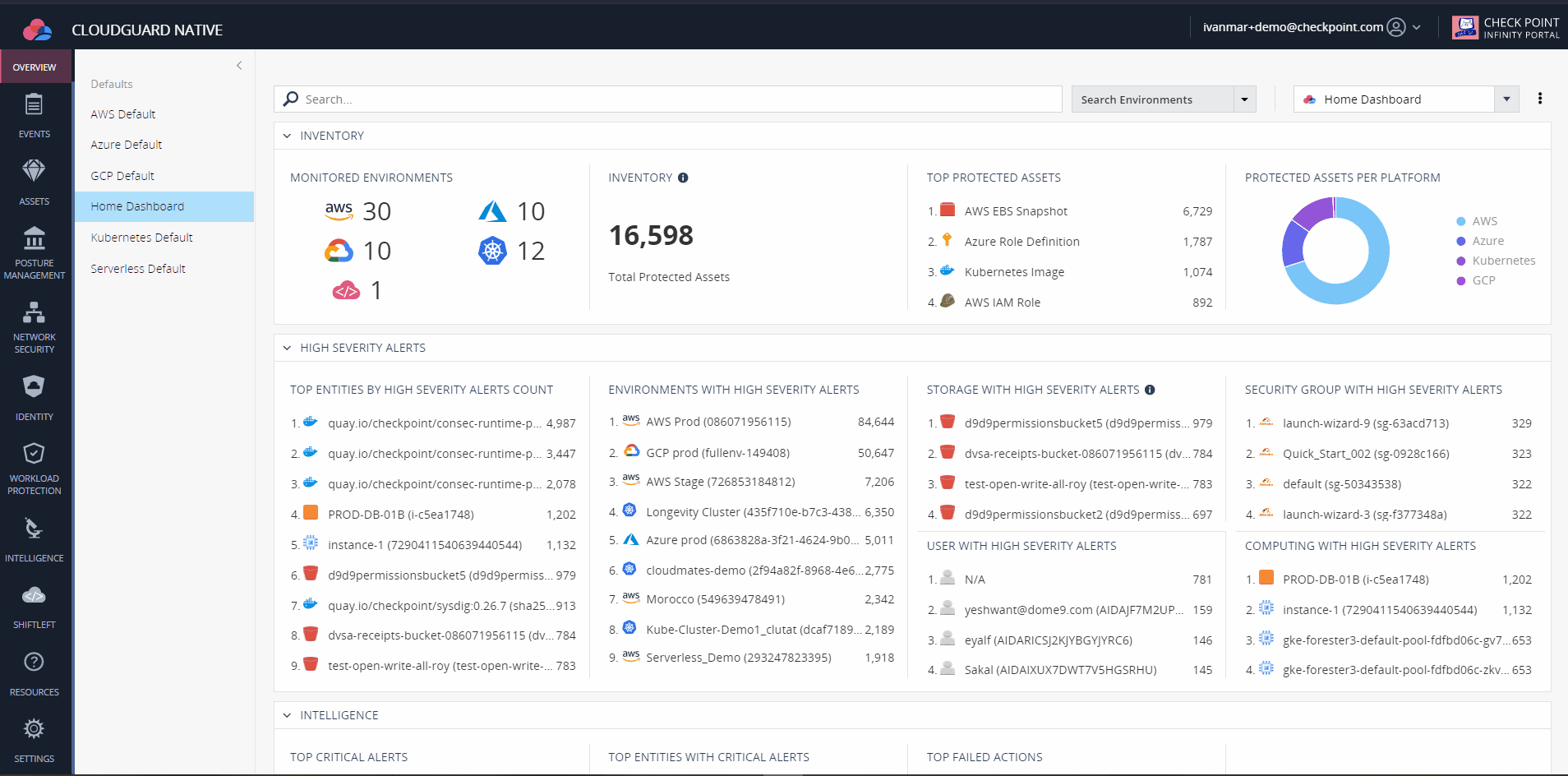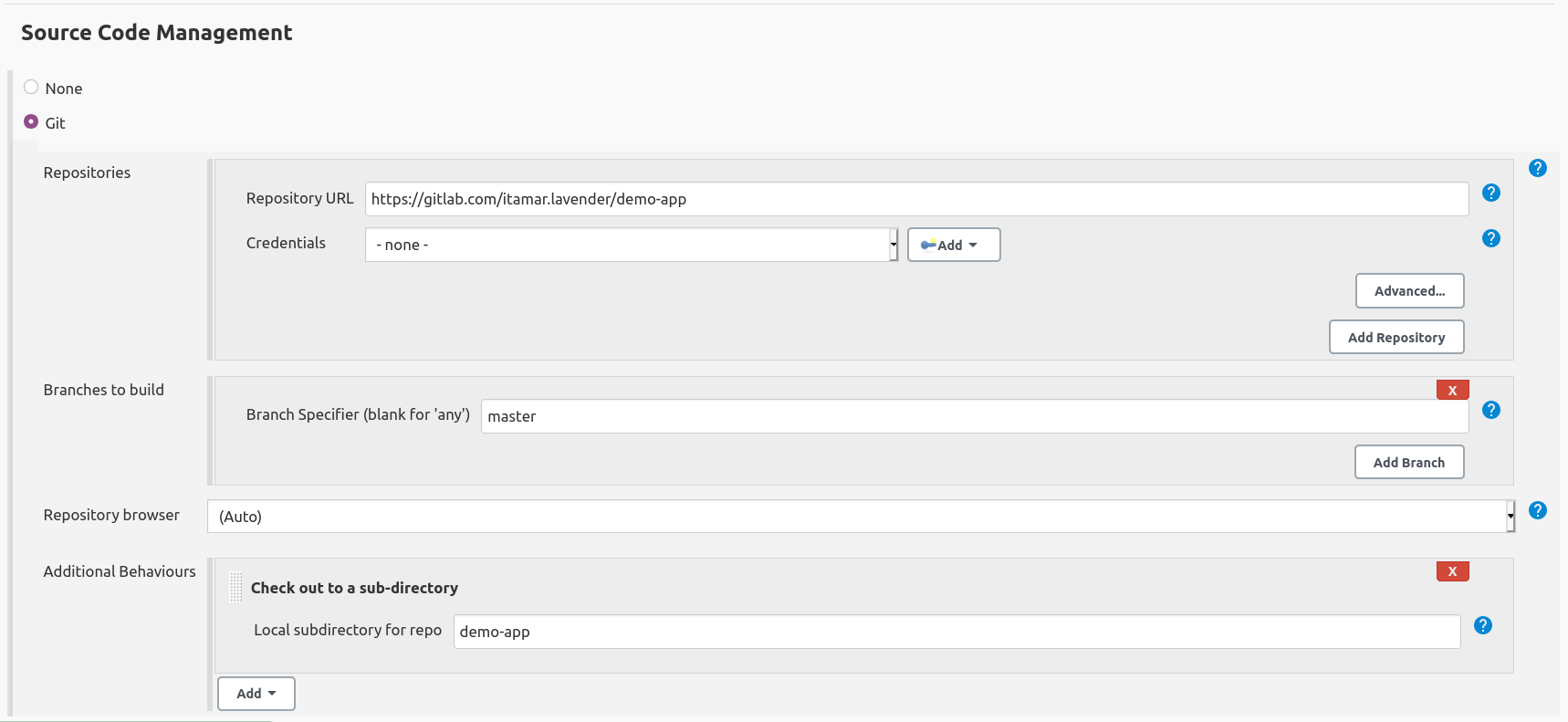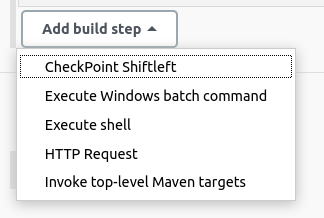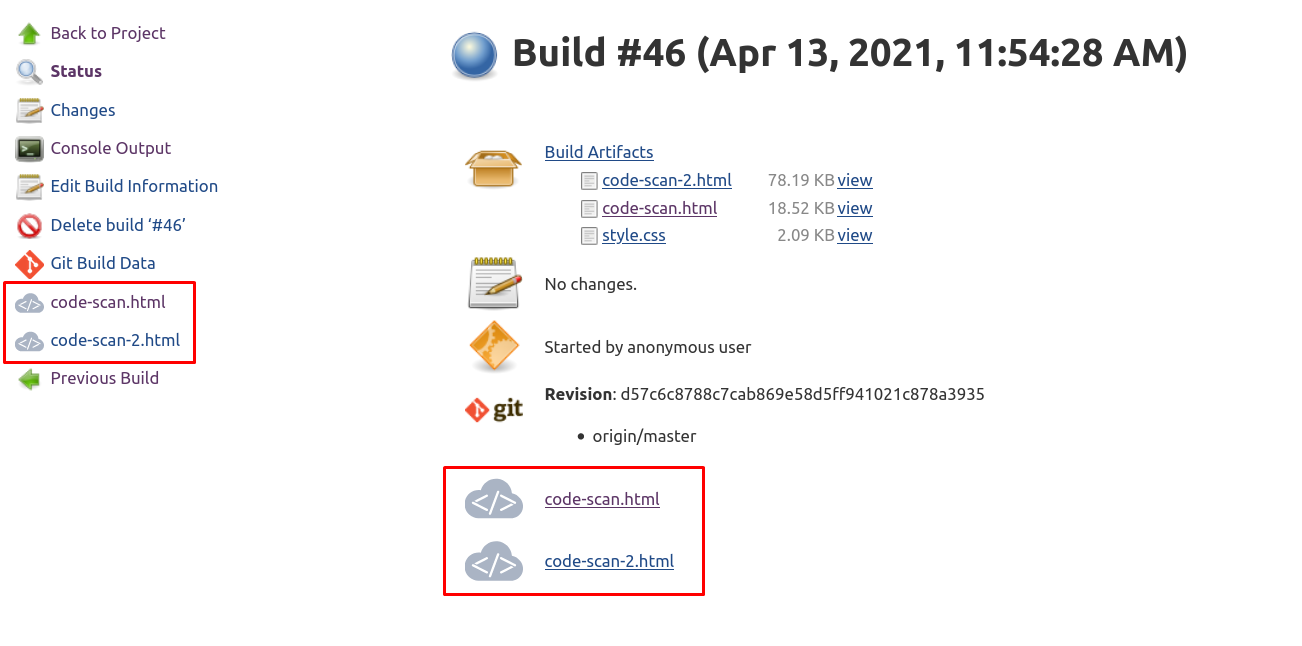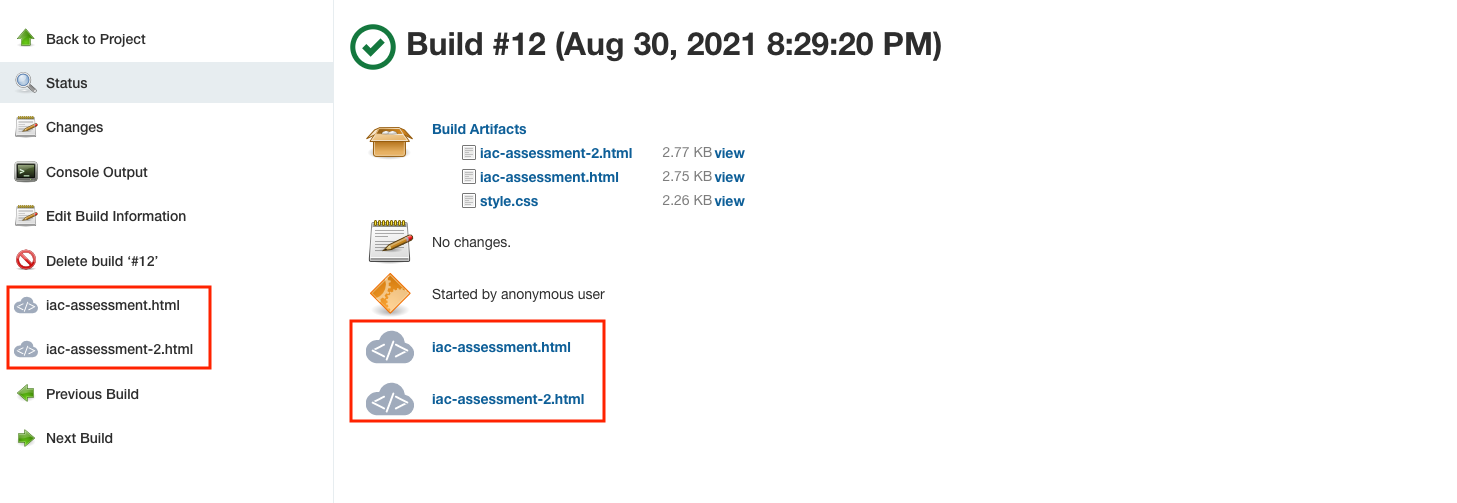This Jenkins plugin provides a configurable build step to execute Check Point CloudGuard Shiftleft CLI. CloudGuard Shiftleft CLI scanning tool is composed by three blades:
- image-scan: Scans container images for security risks and vulnerabilities
- code-scan: Source code security and visibility into the risk analysis of the project
- iac-assessment: Scans Infrastructure-as-code templates, enabling DevOps and security teams to identify insecure configurations
This plugin will assume that you have already installed Shiftleft in your Jenkins agent, whether it is based on a virtual machine or a container image.
Shiftleft CLI is distributed for Linux, Windows and MacOS, to download you can either follow the steps in CloudGuard web interface: 
Alternatively you can download it using a file transfering tool like wget:
# Supported platforms: amd64,386
PLATFORM="amd64"
# Supported Operating systems: linux,windows,darwin (for MAC)
OS="linux"
VERSION=0.0.29
wget "https://shiftleft-prod.s3.amazonaws.com/blades/shiftleft/bin/${OS}/${PLATFORM}/${VERSION}/shiftleft"
chmod +x shiftleft # Make the file executable
mv shiftleft /usr/bin # Move the executable to a directory within your PATH
You will need a CloudGuard account to abe able to use Shiftleft within your Jenkins pipelines. Register to CloudGuard if you haven't already.
Once you have logged into your CloudGuard account, within the Settings->Credentials menu, you can generate a new CloudGuard token. Write down the CloudGuard token secret, as you will not have access to it once you close the pop-up window
Once you have this token, you will need to create a Username and Password credential in your Jenkins server, that will be used by CloudGuard Shiftleft plugin to authenticate against CloudGuard backend.
You can make use of code-scan blade to search for threats and vulnerabilities in your Git repositories. Shiftleft will analyze the git repository, looking for potential vulnerabilities that can be found in it. This includes:
- Code analysis: Check the code for weak coding practices, such as SQL injection, debug flags in our code, and cross site scripting (among others)
- Content analysis: Shiftleft will parse the repository files looking for exposed credentials or tokens that may have been left there by mistake.
- Vulnerability scanning: Check the package managers (like npm for javascript or , pip for python) to find vulnerable dependencies.
- Malware: Using ThreatCloud API, to analyze files reputation within our git repository (even though it is not a good practice to include binaries within the source code)
- IPs and URLs found in the files, to also get a reputation score making use of ThreatCloud
Once you install CloudGuard Shiftleft plugin, you will be able to add a new build step to your freestyle project. As an example, we have the following job that checks out a Git repo to a specific directory:
Add a new build step and select CheckPoint Shiftleft
Select code-scan blade
Fill in the mandatory fields, in this case the path where the repo has been cloned and the credentials we previously created:
Shiftleft image-scan blade scans container images checking for vulnerabilities and threats. It includes all the checks previously described in the code-scan blade, and adds on top of that vulnerability scanning for OS level packages, like apk, dpkg or rpm
Shiftleft iac-assessment blade scans Infrastructure-as-code templates (Terraform, AWS CloudFormation), enabling DevOps and security teams to identify insecure configurations
Once CheckPoint Shiftleft build steps are executed in the job, the plugin will generate a report for each blade invokation that will be archived as job artifacts. When you navigate into the build view, links in the left navigation pane as well as in the job results section will take you to the report details:
Refer to our contribution guidelines
Licensed under MIT, see LICENSE




